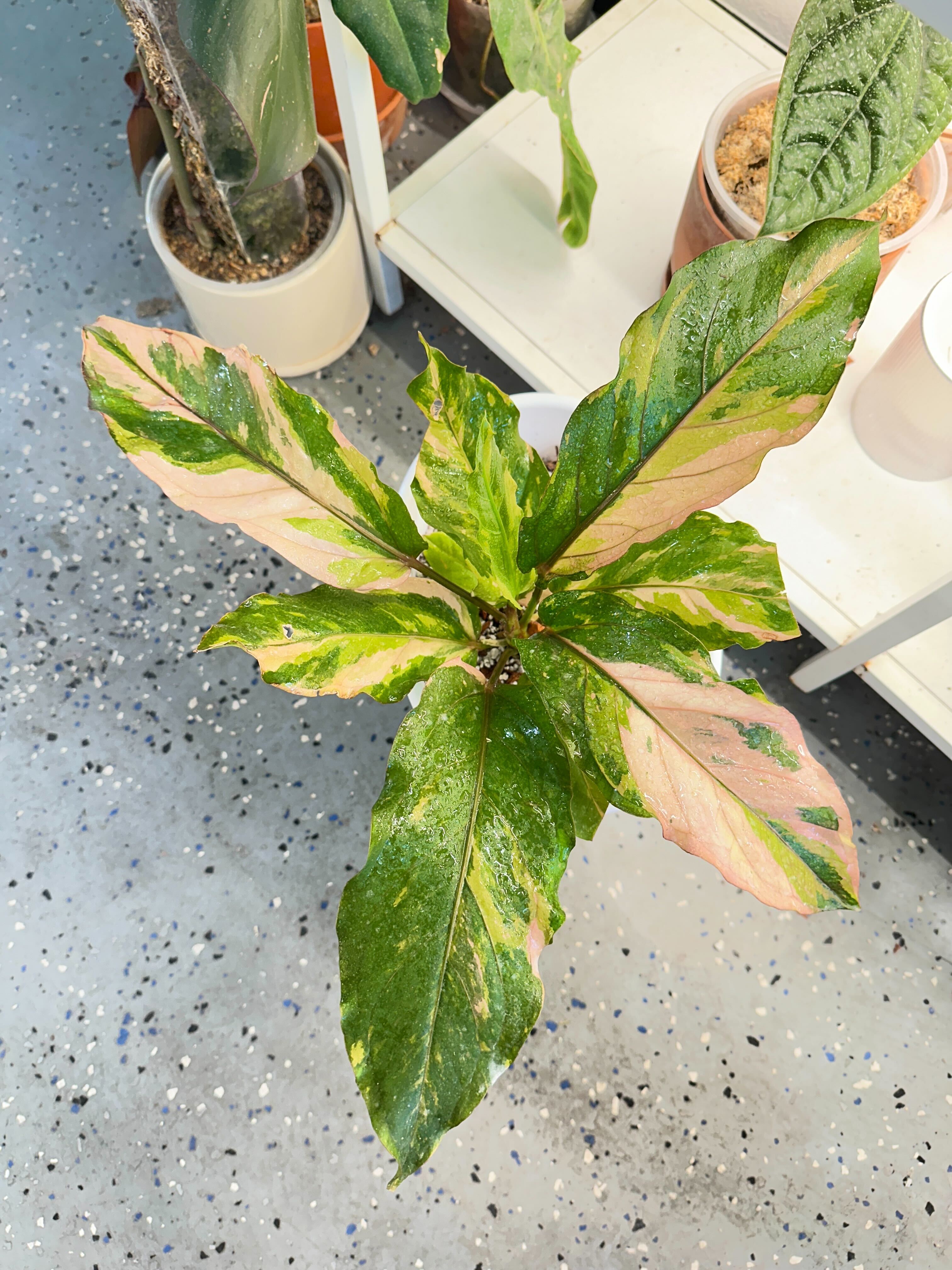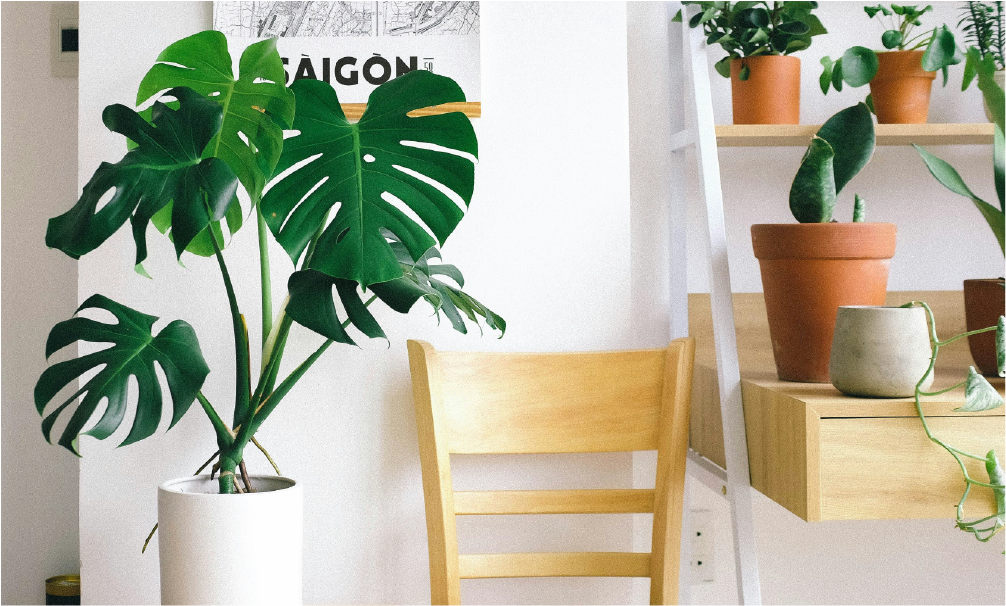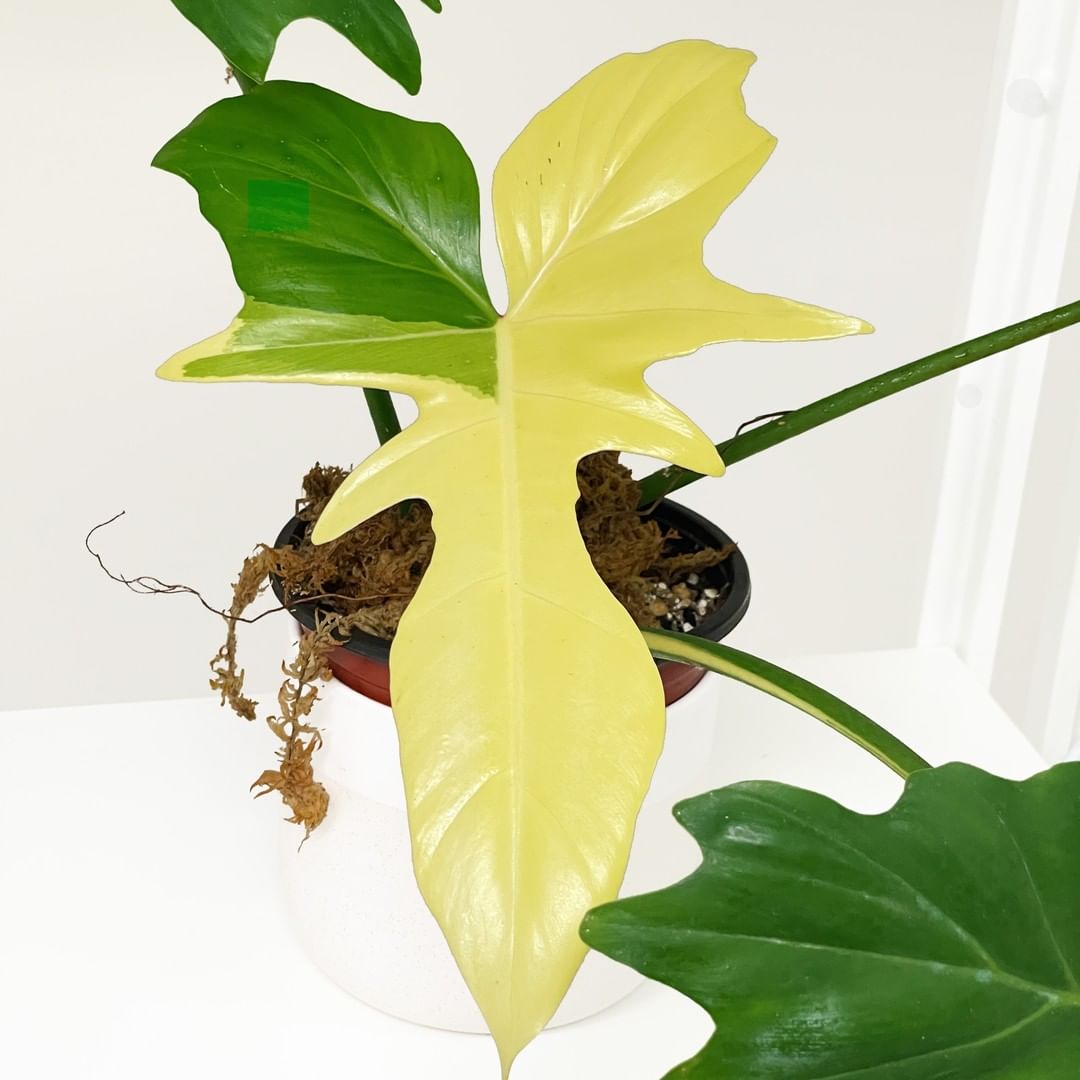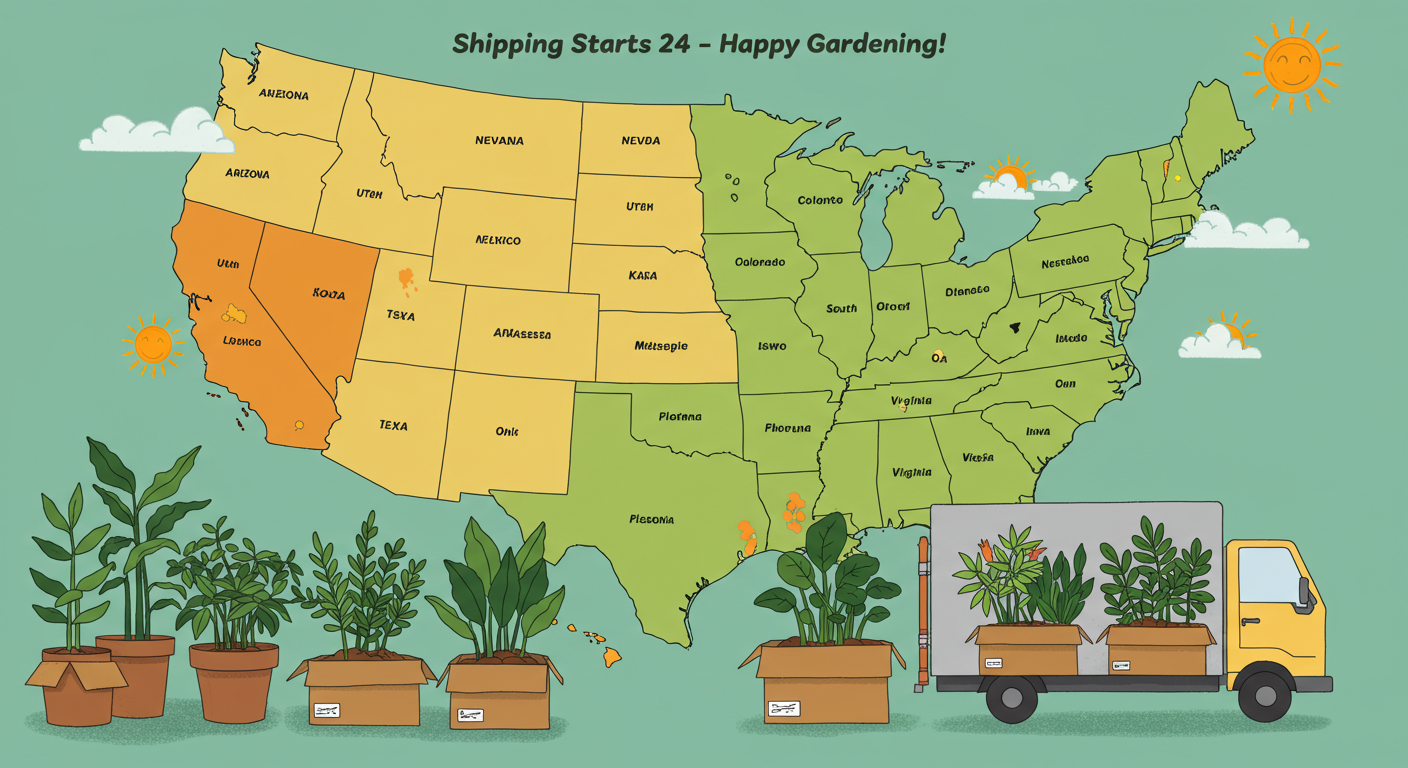Guide to buy plant cuttings online Part 1


Don't buy any cuttings before you read this.
Welcome to another planty series. This time we will talk about cuttings and important knowledge you need to know before buying them.
You will often see these terms: top cutting, mid cutting, bottom cutting, rooted, unrooted, semi or slightly rooted, rooting cuttings.
Before explaining them, let's defy what is a cutting. A cutting is a stem between two internodes, that has one or more leaves.
Top cuttings are the ones with the newest nodes, leaves on them.
Bottom cuttings are cuttings at the base of the plant.
Mid cuttings are any cuttings in between the top and bottom cuttings.
Why are they important? They are important because they will determine how mature the next leaf is. It relates to a plant hormone called auxin. Geek time! Auxin is responsible for cell division and elongation. The more auxin, the faster and more prominent the leaves can grow. This hormone is most concentrated at the top cuttings. Therefore, if you want the next leaves to keep being big, top cuttings are your best option.
Once you cut the top, the plant will take a while to reproduce auxin; therefore, the few new leaves will be relatively smaller until they can get big again. Okay, now, you may ask, so the bottom and mid cuttings are the same? Kind of, but not really. Both have advantages and disadvantages. Mid cuts generally have bigger leaves, hence they will have more chlorophylls for photosynthesis. But if I have to pick, I will go for the bottom cutting because of this one reason: roots. Bottom cuttings no doubt have the most developed roots out of all of the cuttings. And when it comes to plants, roots are king.
However, in some cases, mid and bottom cuttings can still produce mature leaves. The reason is because of the maturity of the stem and the mother plants. For example, I have cut my Epipremnum Cebu blue twice, yet she still keeps giving me fenestrated leaves after the cut since she is a mature plant. This factor is usually overlooked by both buyers and sellers. One tip for you is to look for thick and mature stems when shopping. Click on Part 2 to learn about the roots conditions.







Comments